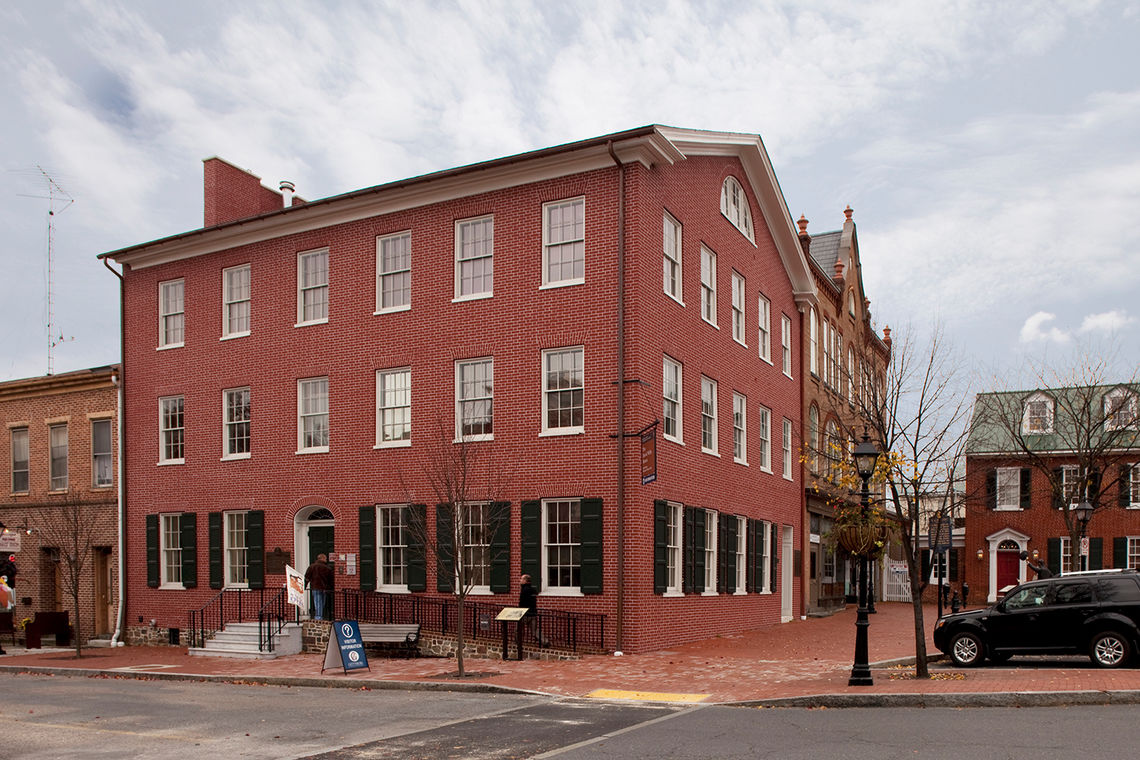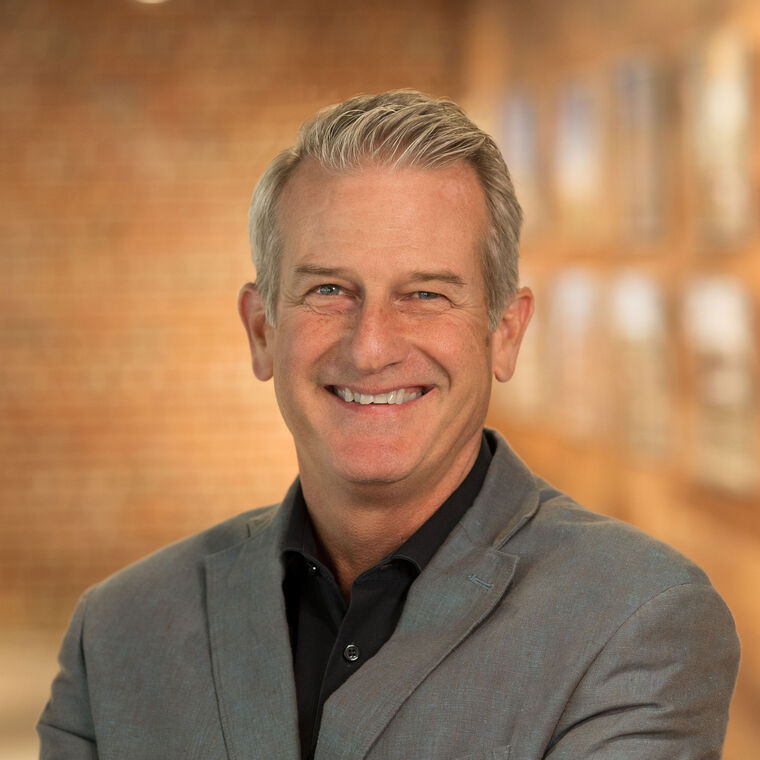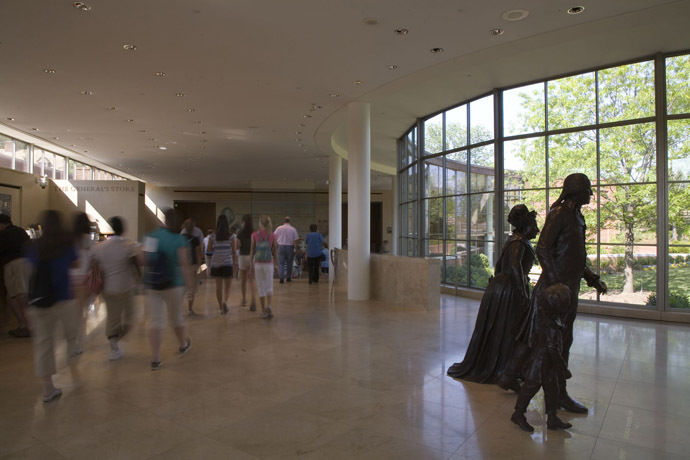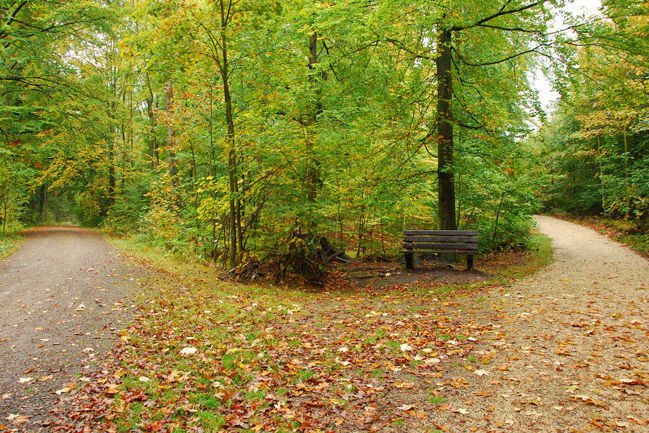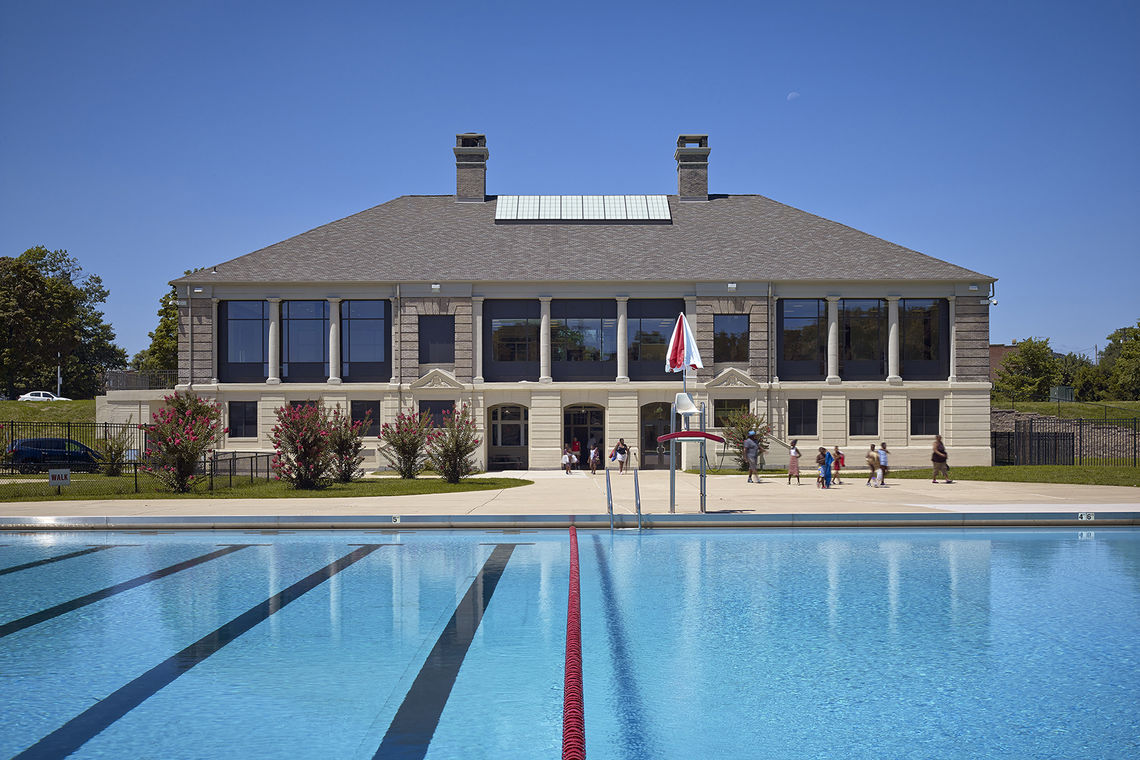Based on what we discussed in Part I and Part II, multiple factors impact crowd control and visitor flow in interpretive facilities. The nature of the resource (what you are interpreting) and venue (where the resource is located) are of critical importance, as are the techniques for controlling visitor flow – pacing (planned free flow), pulsing (controlled containment and release of defined groups), and characteristics of the path (width, terrain, etc.) that one uses to navigate during their visit.
So what’s the takeaway and how is visitor experience ultimately affected?
Let’s begin with the trends related to the types of resources and venues. In either case, a single focus requires pulsing to regulate visitor flow, whereas, if they are multi-focused, they may rely on pacing. And, regardless of the strategy employed, the characteristics of path must be carefully considered.
A real world example of how implementing these various strategies can greatly enhance the visitor experience can be found at the David Wills House in Gettysburg. The Wills House is where Abraham Lincoln slept and, as rumor has it, finalized the Gettysburg Address prior to his speech on November 19, 1863. For years the Lincoln Bedroom was a shrine, but the rest of the house had nothing to do with the resource. The torturous path to the bedroom consisted of a single side door entry up a steep stair to the second floor, through a gift shop to the bedroom, turn around and exit in the same manner. The Lincoln Bedroom was an excellent example of a single focus resource within a single focus venue (the Wills House) where little effort was made to control crowding and the characteristics of the path were horrendous.
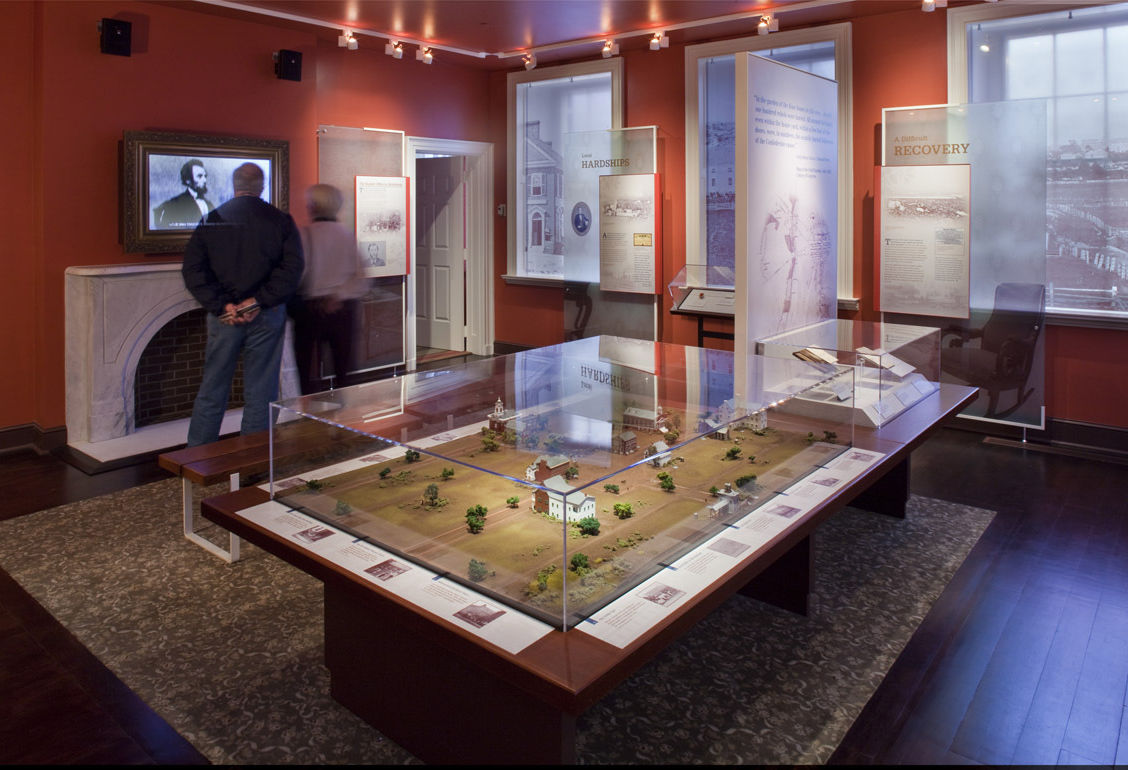
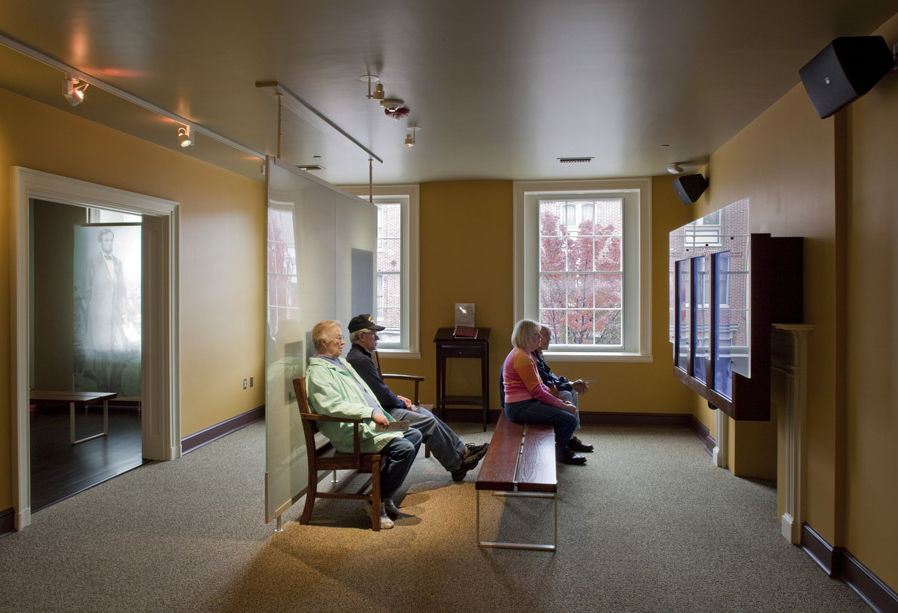
When the Gettysburg National Military Park purchased the property, they renovated the Wills House to include additional interpretive opportunities throughout the house, as well as an introductory film about the significance of the site. In doing so, the house was effectively changed from a single focus resource to a predominate focus – while everyone still wants to see the Lincoln Bedroom, there are many other opportunities (resources) for interpretation.
By increasing the interpretive opportunities the characteristics of path were also addressed. Instead of a path that led directly to the bedroom, alternative paths were created allowing for natural dispersion. The House now has the ability to adapt to different types of visitation. During low visitation, the House relies on pacing and people are free to move anyway they want. During times of high visitation, the Park Service can control the path, creating more of a pulsed venue.
Creating an optimal visitor experience is a goal of every interpretive site. By utilizing varying techniques, from changing the characteristics of a resource or venue, to rethinking the entire visitor circulation path and interpretive experience, to controlling the pace and pulse of visitors, sites can minimize the impact of crowds on busy days and enhance the visitor’s ability to enjoy, learn, explore and not pull their hair out.
